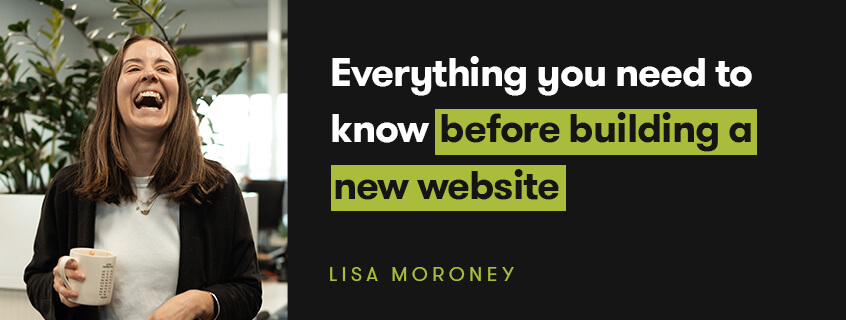

In today's digital world, your website is crucial to your brand’s online presence. As a business owner or even as a marketing manager, having a well-built, well-designed and user-friendly website has a strong impact on how you appear online, and how visitors experience your brand. But, building a website has many parts to it, just like building and maintaining a house.
Like building a house, there are many things you need to know before building a website, common mistakes to avoid, steps to take, and having a clear checklist of things to look for. Knowing this in advance will help you to choose the best provider to deliver your goals. Here is everything you need to know before building a new website.

Building a new website is an exciting and rewarding journey for business owners.
By following this comprehensive guide and taking into account all the essential aspects, you can create a powerful online platform that drives business growth, engages customers, and leaves a lasting impression on your target audience. Remember that a website build and design is not a one-time project but an ongoing project that requires constant updates and optimisations to stay relevant in a rapidly evolving digital landscape. At Dilate, we invest time, effort, and resources wisely to craft a website that truly represents your brand and fulfils your business objectives. So let’s talk!
what our clients are saying
create business. better everyday.
Let's Talklearn from the best minds in the business
Bodie provides some insight into Dilate's internal operations. How we approach what we do, and how we strive to be Better Everyday.





